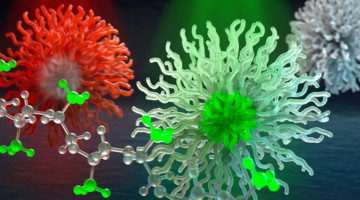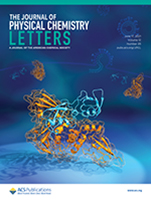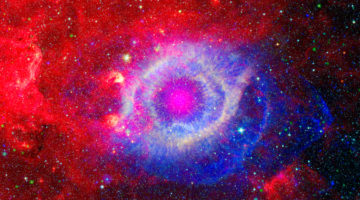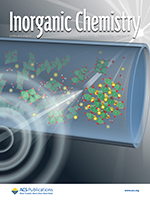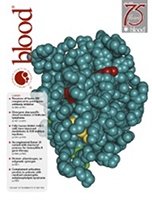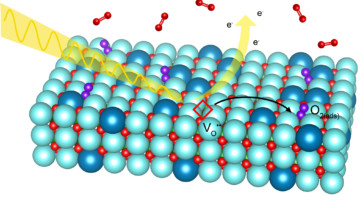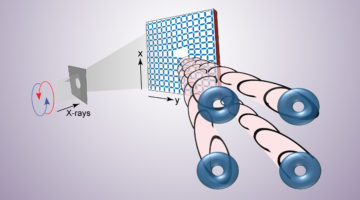A technique developed at the ALS enables accurate characterization of organic nanocarriers (molecules that encapsulate other molecules) without the need for disruptive labeling. The method will enable faster, more precise development of exciting new technologies, ranging from targeted drug delivery to oil-spill remediation. Read more »![]()
![]()
All News & Updates
Conformational Dynamics in the Interaction of SARS-CoV-2 Papain-like Protease with Human Interferon-Stimulated Gene 15 Protein
The image depicts the complex formed between SARS-CoV-2 papain-like protease and human interferon-stimulated gene 15 protein. Small-angle scattering elucidated the structural details of this complex providing insight into its role in suppressing the innate immune response and also potential routes for development of therapeutics to combat COVID-19. Read more »
Key to Cleaner Combustion? Look to the Stars
Researchers made the first real-time, lab-based measurement of free radicals reacting under cosmic conditions, prompting elementary carbon and hydrogen atoms to coalesce into primal benzene rings. The findings are key to understanding how the universe evolved with the growth of carbon compounds and could also help the car industry make cleaner combustion engines. Read more »
Understanding the Hydrothermal Formation of NaNbO3: Its Full Reaction Scheme and Kinetics
To understand and tune the properties of hydrothermally produced NaNbO3, the reaction was studied in situ with powder x-ray diffraction, small-angle scattering, and total scattering with pair-distribution function analysis. The full reaction scheme and kinetics were revealed, showing two different temperature-dependent growth mechanisms. Read more »
Structure of blood coagulation factor VIII in complex with an anti–C1 domain pathogenic antibody inhibitor
van der Waals sphere representation of the factor VIII C1 domain, highlighting surface‐exposed hemophilia A–associated mutations that cause impaired von Willebrand factor binding and overlap with a pathogenic anti‐C1 domain inhibitor epitope. Read more »
Angelic Lucero, Accelerator Operator Specialist
Working at the ALS started out as a summer job in college for Angelic Lucero—and then she never left. She gives us a glimpse into all the details our operators need to monitor and talks about efforts to help new people at the Lab access resources. Read more »
Scientists Uncover a Different Facet of Fuel-Cell Chemistry
Solid oxide fuel cells are a promising technology for cleanly converting chemical energy to electrical energy. To improve the efficiency of these devices, researchers studied a model electrode material in a new way—by exposing a different facet of its crystal structure to oxygen gas at operating pressures and temperatures. Read more »
EPSCoR Collaboration Fosters New Research and New Careers
The DOE Established Program to Stimulate Competitive Research (DOE EPSCoR) encourages partnerships between national labs and researchers in qualifying states and territories. An EPSCoR collaboration with researchers from Kentucky has resulted in an ALS highlight, career advancement for young scientists, and a larger, center-scale proposal. Read more »
Artificial Spin Ice Toggles Twist in X-Ray Beams on Demand
ALS studies helped scientists understand how a nanoscale magnetic lattice (an artificial spin ice) acts as a toggle switch for x-ray beams with spiral character. The findings represent an important step toward the development of a versatile new tool for probing or controlling exotic phenomena in electronic and magnetic systems. Read more »![]()
![]()
Operating Schedule Updates
The operating schedule for the 2021-2 cycle will be published in a few days. The summer shutdown will begin July 3 and run into September. More information on subsequent shutdowns is anticipated by early fall. The most up-to-date information on the current schedule and future outlook can always be found on the Operating Schedule web page. Read more »
- « Previous Page
- 1
- …
- 50
- 51
- 52
- 53
- 54
- …
- 139
- Next Page »
